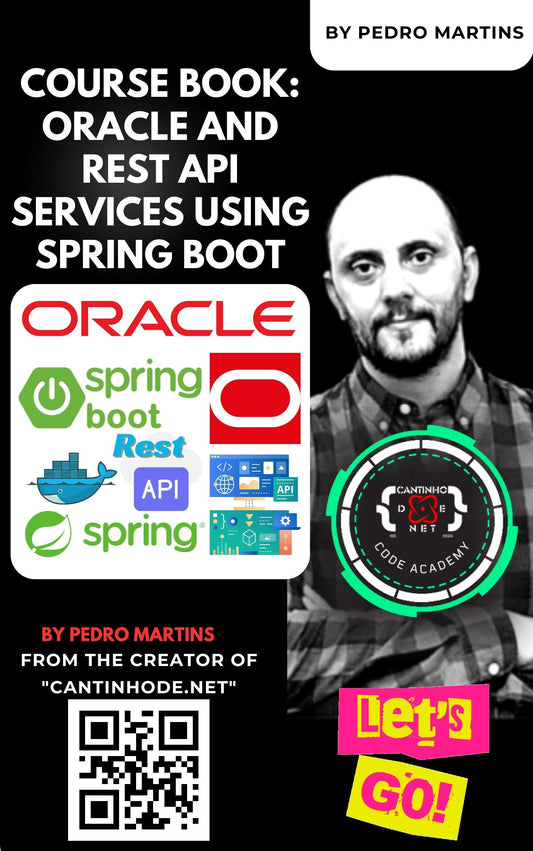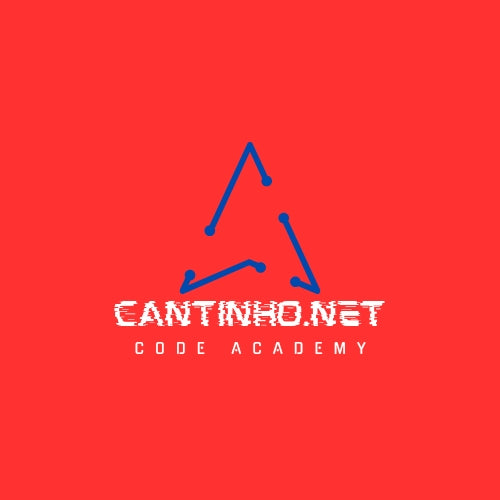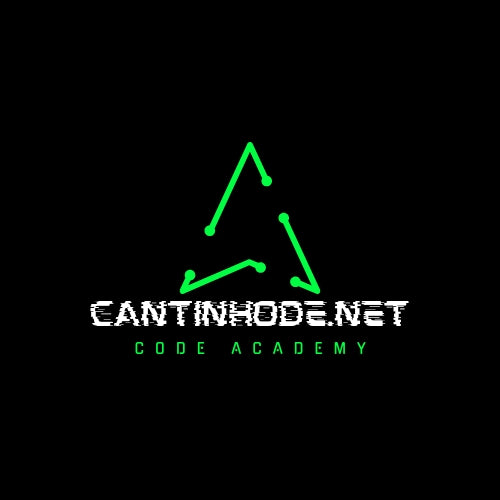Criar um painel semelhante ao do Yahoo, usando componentes React JS com Chakra UI, envolve estruturar seu aplicativo em componentes modulares e reutilizáveis, aproveitando o Chakra UI para estilo e layout. A seguir, descreverei uma estrutura básica para esse painel, incluindo alguns componentes-chave que você pode querer usar. Presumo que você tenha um conhecimento básico de React e familiaridade com o Chakra UI.
Configurando o ambiente
Primeiro, certifique-se de ter o Node.js instalado. Em seguida, crie um novo projeto React e adicione o Chakra UI:

npx create-react-app yahoo-dashboard
cd yahoo-dashboard
npm install @chakra-ui/react @emotion/react @emotion/styled framer-motion
Estrutura de diretório
Aqui está uma estrutura de diretório simples para seu projeto:
yahoo-dashboard/
|-- public/
|-- src/
|-- components/
|-- Header.js
|-- NewsFeed.js
|-- WeatherWidget.js
|-- Footer.js
|-- App.js
|-- index.js
|-- theme.js
Configuração do tema (opcional)
Você pode personalizar o tema para combinar com o esquema de cores e o estilo do Yahoo:
// src/theme.js
import { extendTheme } from "@chakra-ui/react";
const theme = extendTheme({
colors: {
brand: {
900: "#123456", // Example color
800: "#567890", // Example color
},
},
});
export default theme;
Componente de aplicativo
Em App.js , envolva seu aplicativo em um ChakraProvider e use o tema personalizado:
// src/App.js
import React from "react";
import { ChakraProvider } from "@chakra-ui/react";
import theme from "./theme";
import Header from "./components/Header";
import NewsFeed from "./components/NewsFeed";
import WeatherWidget from "./components/WeatherWidget";
import Footer from "./components/Footer";
function App() {
return (
<ChakraProvider theme={theme}>
<Header />
<NewsFeed />
<WeatherWidget />
<Footer />
</ChakraProvider>
);
}
export default App;
Componentes
Cada componente será projetado usando componentes da interface do usuário do Chakra. Aqui está uma breve visão geral de cada um:
Componente de Cabeçalho
Isso incluirá a barra de navegação superior e qualquer marca global.
// src/components/Header.js
import { Box, Flex, Text } from "@chakra-ui/react";
function Header() {
return (
<Flex bg="blue.500" color="white" p={4} justifyContent="space-between">
<Text fontSize="lg" fontWeight="bold">Yahoo Dashboard</Text>
<Flex>
{/* Navigation Items */}
<Text p={2}>Home</Text>
<Text p={2}>News</Text>
<Text p={2}>Weather</Text>
</Flex>
</Flex>
);
}
export default Header;
Componente NewsFeed
Isso poderia exibir uma lista de artigos de notícias usando um layout simples.
// src/components/NewsFeed.js
import { Box, Heading, Text } from "@chakra-ui/react";
function NewsFeed() {
return (
<Box p={4}>
<Heading as="h3" size="lg">Latest News</Heading>
{/* Map through news articles here */}
<Text mt={2}>News Article #1</Text>
</Caixa>
);
}
exportar NewsFeed padrão;
Widget do tempo
Este componente pode mostrar o status climático atual.
// src/components/WeatherWidget.js
import { Box, Text } from "@chakra-ui/react";
function WeatherWidget() {
return (
<Box p={4} bg="gray.300">
<Text fontSize="sm">Weather Widget</Text>
</Box>
);
}
export default WeatherWidget;
Componente de rodapé
Isso inclui informações de direitos autorais ou links adicionais.
// src/components/Footer.js
import { Box, Text } from "@chakra-ui/react";
function Footer() {
return (
<Box p={4} bg="blue.500" color="white" textAlign="center">
<Text>© 2024 Yahoo Dashboard Clone</Text>
</Box>
);
}
export default Footer;
Executando o Projeto
Para ver seu projeto em ação, execute:
npm start
Isso iniciará o aplicativo React no seu navegador padrão. A partir daí, você pode continuar a refinar e expandir os componentes para imitar melhor os recursos e o layout do painel do Yahoo. Essa configuração fornece uma base escalável para a construção de um painel mais detalhado e interativo.
Adicione a navegação
Criar um menu de navegação eficaz para o painel, semelhante ao do Yahoo, usando React e Chakra UI, envolve estruturar o menu para facilitar o uso, garantir que ele se encaixe no design e na funcionalidade geral do painel e, potencialmente, adicionar capacidade de resposta para diferentes tamanhos de dispositivos. A seguir, mostrarei como implementar um menu de navegação básico no seu painel.
Implementando o Menu de Navegação com o Chakra UI
Para criar um menu de navegação em seu painel, você vai querer usar uma combinação de componentes da IU do Chakra, como Flex , Box e elementos interativos como Link ou Button . Aqui está um guia passo a passo sobre como configurá-lo.
1. Atualização do componente de cabeçalho
Vamos atualizar o Header.js componente para incluir links de navegação que podem corresponder a diferentes seções ou widgets em seu painel (por exemplo, Início, Notícias, Finanças, Clima). Vou adicionar react-router-dom para lidar com o roteamento. Primeiro, certifique-se de instalá-lo:
npm install react-router-dom
2. Configurar o roteador no componente principal do aplicativo
Antes de atualizar o Cabeçalho, vamos encapsular a aplicação em um roteador em src/index.js :
import React from 'react';
import ReactDOM from 'react-dom';
importar { BrowserRouter } de 'react-router-dom';
importar aplicativo de './App';
importar reportWebVitals de './reportWebVitals';
ReactDOM.render(
<React.Modo Estrito>
<Roteador do Navegador>
<Aplicativo />
</Roteador do Navegador>
</React.StrictMode>,
document.getElementById('raiz')
);
reportWebVitals();
3. Componente de cabeçalho atualizado
Agora atualize o Header.js para incluir navegação:
// src/components/Header.js
import { Flex, Text, Link as ChakraLink } from "@chakra-ui/react";
import { Link } from "react-router-dom";
function Header() {
return (
<Flex bg="blue.500" color="white" p={4} justifyContent="space-between" alignItems="center">
<Text fontSize="lg" fontWeight="bold">Yahoo Dashboard</Text>
<Flex>
{/* Navigation Items as Links */}
<ChakraLink as={Link} to="/" p={2} style= {{ textDecoration: 'none' }} >Home</ChakraLink>
<ChakraLink as={Link} to="/news" p={2} style= {{ textDecoration: 'none' }} >Notícias</ChakraLink>
<ChakraLink as={Link} to="/finanças" p={2} style= {{ textDecoration: 'none' }} >Finanças</ChakraLink>
<ChakraLink as={Link} to="/weather" p={2} style= {{ textDecoration: 'none' }} >Clima</ChakraLink>
</Flex>
</Flex>
);
}
exportar cabeçalho padrão;
4. Roteamento no componente de aplicativo
Agora, em App.js , defina as rotas para cada item de navegação:
// src/App.js
import React from "react";
import { ChakraProvider } from "@chakra-ui/react";
import { Routes, Route } from "react-router-dom";
import theme from "./theme";
import Header from "./components/Header";
import NewsFeed from "./components/NewsFeed";
import WeatherWidget from "./components/WeatherWidget";
import FinanceWidget from "./components/FinanceWidget";
importar rodapé de "./components/Footer";
função App() {
retornar (
<Tema do ChakraProvider={tema}>
<Cabeçalho />
<Rotas>
<Route path="/" elemento={<NewsFeed />} />
<Caminho da rota="/news" elemento={<NewsFeed />} />
<Caminho da rota="/finanças" elemento={<FinanceWidget />} />
<Caminho da rota="/clima" elemento={<WeatherWidget />} />
</Rotas>
<Rodapé />
</Provedor de Chakra>
);
}
exportar aplicativo padrão;
Considerações finais
Esta configuração fornece um menu de navegação simples e eficaz que se integra a um React Router para navegar por diferentes seções do painel. É simples, usa componentes de interface do usuário do Chakra para estilização e pode ser expandido com recursos mais sofisticados, como menus suspensos ou megamenus, conforme necessário. Veja o projeto completo no GitHub:








